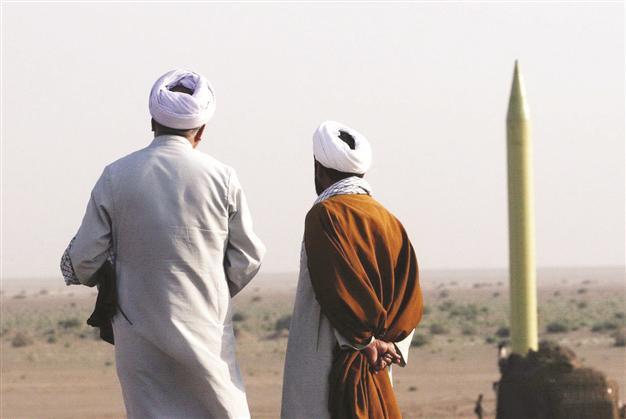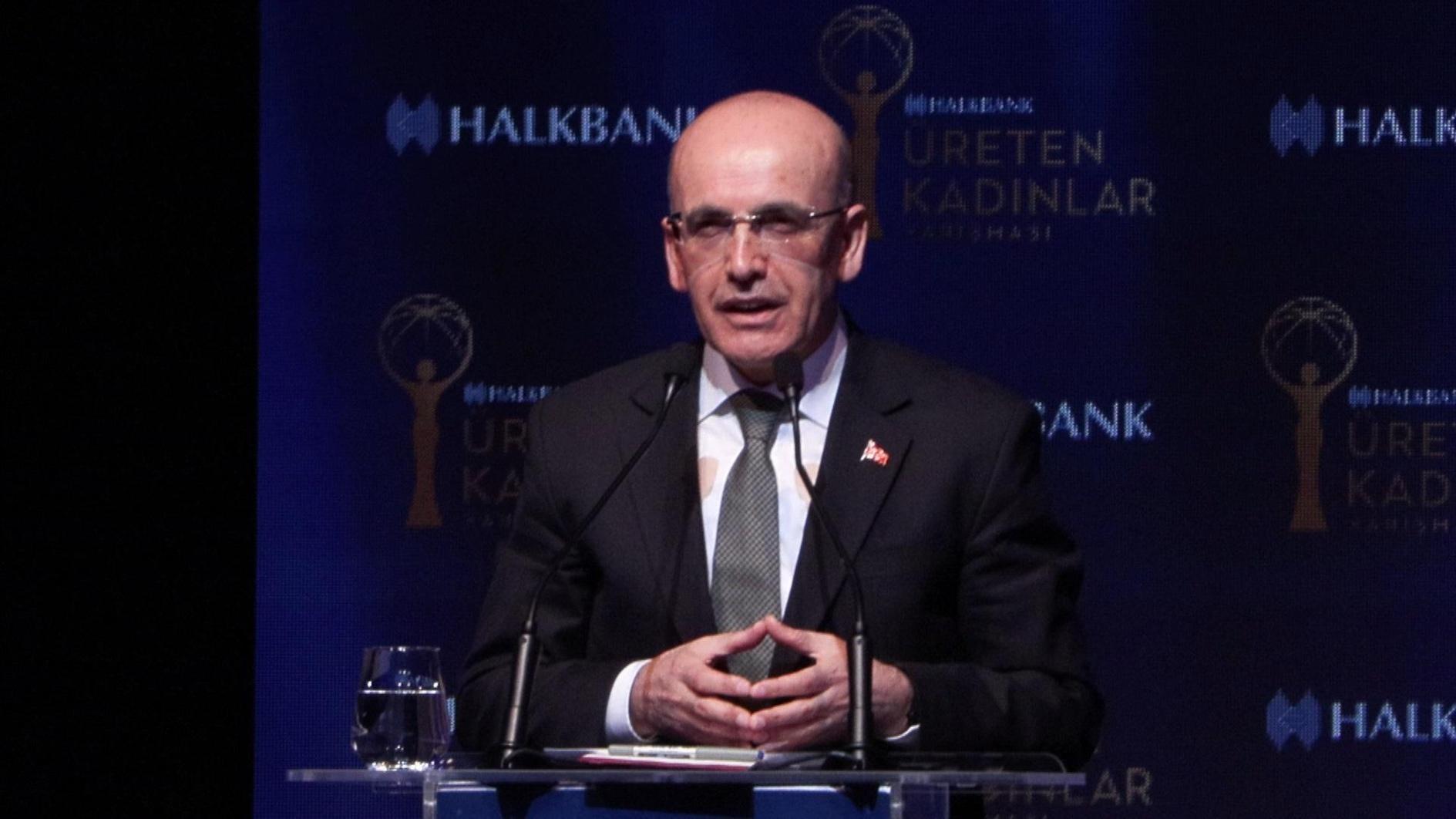Israel and Iran launch new armaments race
JERUSALEM / TEHRAN

Iranian clerics look at the ballistic missile Shahab 1 during the second day of military exercises, codenamed Great Prophet-6, by Iran’s elite Revolutionary Guards at an undisclosed location in Iran in this 2011 photo. EPA photo
Israel is upgrading its Arrow II ballistic missile shield in a “race” against Iran, Syria and other regional enemies, a senior Israeli defense official said yesterday.The new “Block 4” generation of guided interceptor rockets, radar and technologies for synchronizing the Arrow with U.S. systems is being installed in deployed Israeli batteries, a process that will take several weeks, the official said.
“The accuracy and the reach will be greater,” the official said of the Arrow, which has been operational since 2000 and is designed to blow up incoming missiles at altitudes high enough for non-conventional warheads to disintegrate safely. According to Jerusalem Post, the upgraded missile contains new software aimed at improving the system’s ability to defend against long-range ballistic missiles such as Iran’s Shahab and Sajil and Syria’s Scud D missiles.
Iran’s move
Earlier this year, Iran said it had successfully test-fired two long-range missiles during a naval exercise in the Gulf. Iran also has a variety of longer-range missiles including a Shahab-3 variant with a range of 2,000 kilometers that can reach Israel and southern Europe. “It is part of the technological race in the region,” Reuters quoted the official, who declined to be named given the sensitivity of the issue, as saying. Long jittery about Iran’s disputed nuclear program, Israel has more recently worried that the Syrian insurgency could loosen Damascus’s hold on its chemical weapons and Scud missiles.
A day before Israel’s statement, its main foe Iran claimed it has successfully test-fired an upgraded version of a short-range ballistic missile with improved accuracy, increasing the Islamic Republic’s capability to strike both land and naval targets. Defense Minister Gen. Ahmad Vahidi said the solid-fueled Fateh-110 has a range of 300 kilometers.
He claimed the weapon could strike with pin-point precision, making it the most accurate weapon of its kind in Iran’s arsenal, the Associated Press reported. Syria, for its part, last month went public with its chemical arsenal, saying it was intended for last-resort use against “external aggression.” In parallel to Arrow II, Israel is developing Arrow III, which is due to be operational in 2014 or 2015. Unlike previous generations of the interceptor, Arrow III will engage incoming missiles in space, using detachable warheads that, turning into “kamikaze” satellites, will seek out and slam into the target. Israel is also working on a more powerful rocket interceptor than Iron Dome, known as David’s Sling or Magic Wand, which is due out next year. Meshed together, the three Israeli systems would form a multi-tier shield providing several opportunities to intercept incoming missiles.
















